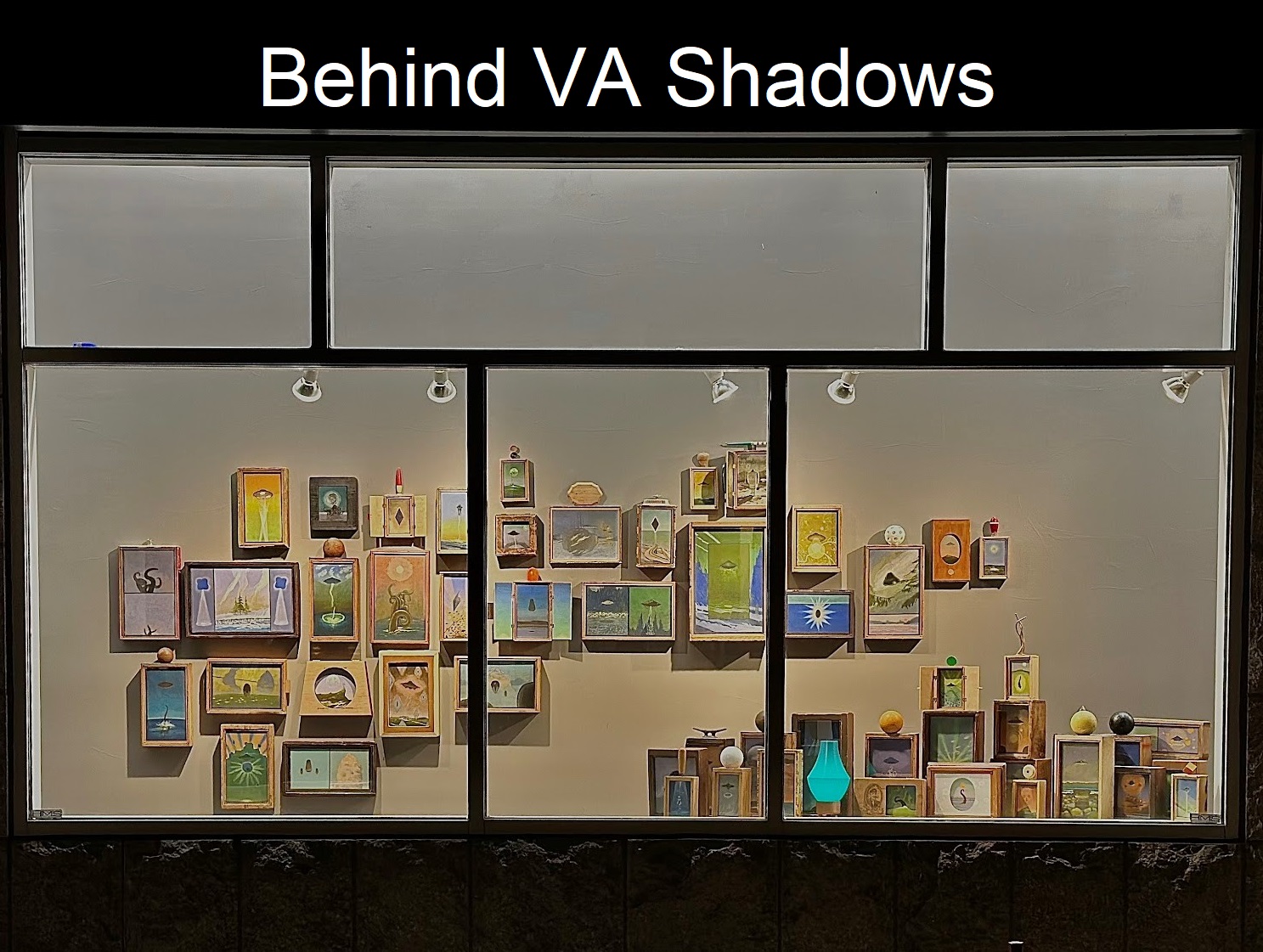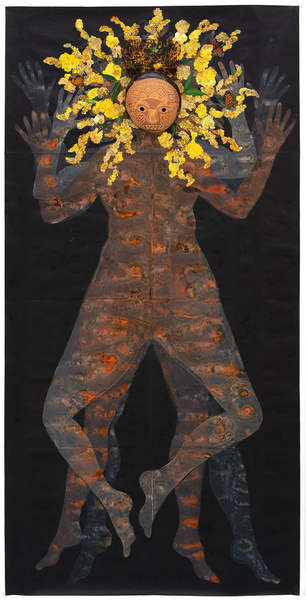
- This event has passed.
“Night Studio”
March 18 - May 24

The Harvard Square Business Association, in partnership with Intercontinental Management, is pleased to present the latest exhibit at the 25/8 artspace project located at 2 Linden Street in Harvard Square.
Behind VA Shadows presents Brett Angell’s solo exhibition Night Studio, on view from March 18 to May 24, 2024. Guest curated by Yutong Shi, the exhibition transforms the narrow gallery space into an artist’s studio, filled with deftly crafted, small-scale sculptural assemblages. Eponymous to the memoir of Philip Guston by his daughter Musa Mayer, Night Studio constructs a vivid experience of an artist’s solitary working in the studio, accompanied by paintings, objects, and tools. In this exhibition, Angell magnifies these fascinating details to form alternative narratives which are intertwined with factual and fictional materials. Through paintings, sculptures, and installations, Night Studio illuminates a snapshot of an artist’s continuous work process.
Denise Jillson, executive director of the Harvard Square Business Association, commented, “We are delighted to collaborate again with Intercontinental Management and Yolanda He Yang on this compelling art installation. Since its inception last year, the popup gallery provides an opportunity for reflection and discussion, for which Harvard Square is known. We are grateful for community partners, like Intercontinental, who recognize the value of local artists, welcoming them to share their gifts, thereby enhancing the pedestrian experience in the Square.”

( credit: Behind VA Shadows )
According to Shi, Behind VA Shadows provides a great opportunity for both the curator and the artist to think and work beyond the traditional institutional narrative and commercial gallery setting. Thus, this exhibition undertakes an installation-based presentation, both as an experiment for the artist and as a response to the unconventional setup of the exhibition space at Harvard Square. The tripartite ribbon windows are employed to frame a three-act narrative of the artmaking process.
The immediately visible moon painting opens up the story: a studio space, the natural habitat where ideas come into form. On the cluttered desk, sketchbooks lay open, tools and paint are in use, headphones set aside, and the lamp emanates extra light. To Angell, this studio is a “fake” one, though made up of his personal items; the props are carefully arranged to evoke safe, warm, and comfy sensibilities, as one steps in and out of the space to resume the alternative identity as an artist. The sketchbooks show watercolor drawings, a quick sketch of the triptych shown in the last window, and texts captured from the music Angell listens to while working at the studio. Further including a personal touch to this temporal studio installation, Angell’s studio playlist is shared via a QR code in the exhibition for viewers to explore.

( credit: Yutong Shi )
The next space unfolds with a full picture of Angell’s artistic practice. Working with small-scale assemblage works, the artist collages the forms of painting and sculpture, crafting individual boxes to contain his artistic vision. Angell’s creative process begins with frame making, sourcing from scavenged vintage furniture parts and recycled scraps. These rectangular shapes carry over their own histories and embrace new imagery the artist inserts. In the series of works, subjects such as UFOs and spaceships often dominate the composition within natural landscapes, threading through the sky and the horizon in a lively manner. Along with the protruding sculptural elements, the geometric shapes of the frame and the painted subjects interact with each other, meshing together visual fragments and breaking down the defining boundaries of era, genre, and media. The works, some displayed in the salon style on the wall, some stacked up in the foreground, come together to form a temporary, dynamic viewing situation in a private setting; the green lamp also serves as a hint.

( credit: Yutong Shi)
In the final act, the artworks become the center of the stage, which is signaled by the intentional placement of each work. In this frame. the centerpiece commands the line of sight, simultaneously in dialogue with the surrounding pieces. The presentation further distinguishes itself from the previous scenes by conveying a degree of planning and control. The making process and the artist’s implied presence leave the picture, assigning the works to tell the stories and to connect with viewers. For the curator, the exhibition as a whole reveals the B-side of the art world, where the link between the white-cube inhabited works and the physical labor is easy to overlook.

(Credit: Yutong Shi)
Night Studio features Angell’s identity as an artist, whose alternative identity has been an exhibitions preparator at the Museum of Fine Arts, Boston for over two decades. The exhibition showcases, as also advocated for by Behind VA Shadows, how the museum work and the studio work sustain and support each other. The fun of artmaking, for Angell, has to do with creating elements of surprise within our mundane, everyday experience. The moon exemplifies this characteristic: the variance of the moon, as a staple, never fails to surprise and fascinate him. Night Studio is charged with different shades and different forms of the moon, inviting viewers to immerse themselves in this journey of making and discovery.
Text by Nemo Xu
